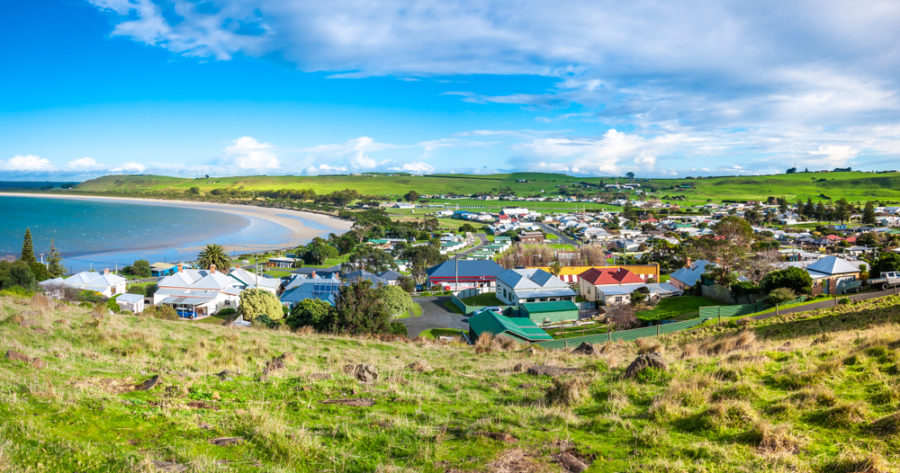A complete guide to Daylesford, VIC
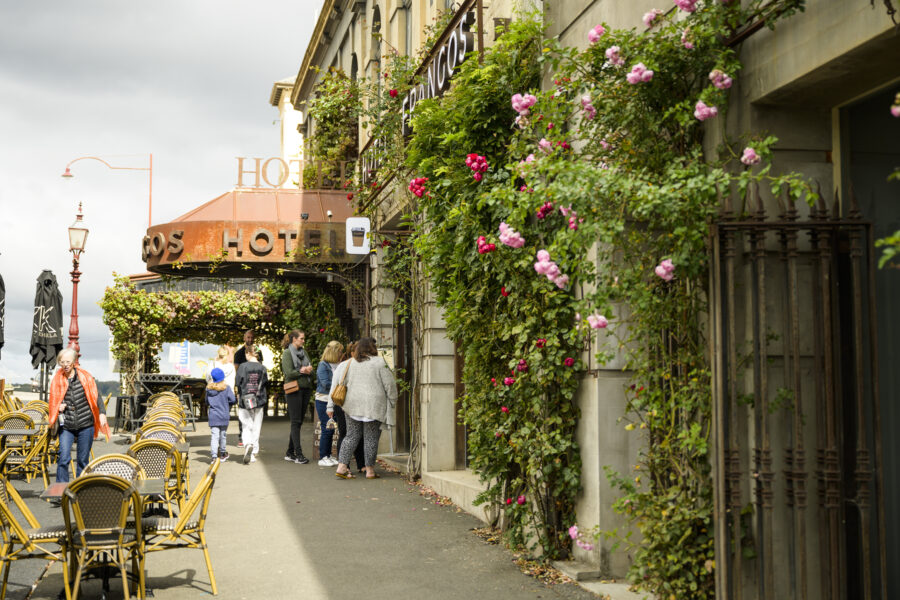
Daylesford is a charming resort town with beautiful forest scenery, natural mineral springs, historic buildings, boutique shops, art galleries and a vibrant food scene. In 2024, accommodation website Booking.com listed it as one of the 10 Most Welcoming Cities on Earth: “The area’s landscape, made up of serene lakes and lush forests, makes it the perfect destination for those seeking rest and relaxation.”
Pastoralists first settled in the Daylesford area in 1838. In 1851, the discovery of gold in a local creek sparked a population boom. Among the migrants were Swiss Italians whose European influence is still observed in the region’s gardens, architecture and placenames.
Daylesford emerged as a popular spa town in the late 19th century because of its abundance of natural mineral springs. Waters trapped in volcanic basins beneath the town have slowly leached minerals from 450 million-year-old rocks. For more than a century, people have come to Daylesford to ‘take the waters’, believing this odourless mineral water has health benefits that can cure ailments. Today, Daylesford is known for its day spas. The town actively promotes itself as the Spa Centre of Australia, with the district supposedly having 50 per cent of the country’s known mineral water springs (with a further 30 per cent in the neighbouring town of Hepburn Springs). In recent years a number of alternative medicine businesses have cropped up in the town, offering therapies such as reiki, shiatsu, acupuncture, aromatherapy, reflexology and spiritual healing.
Origin of name: In 1855, Sir Charles Hotham, Lieutenant-Governor of Victoria, named the town after Daylesford in Gloucestershire, England – the ancestral property of Warren Hastings, first Governor-General of India.
Places of interest
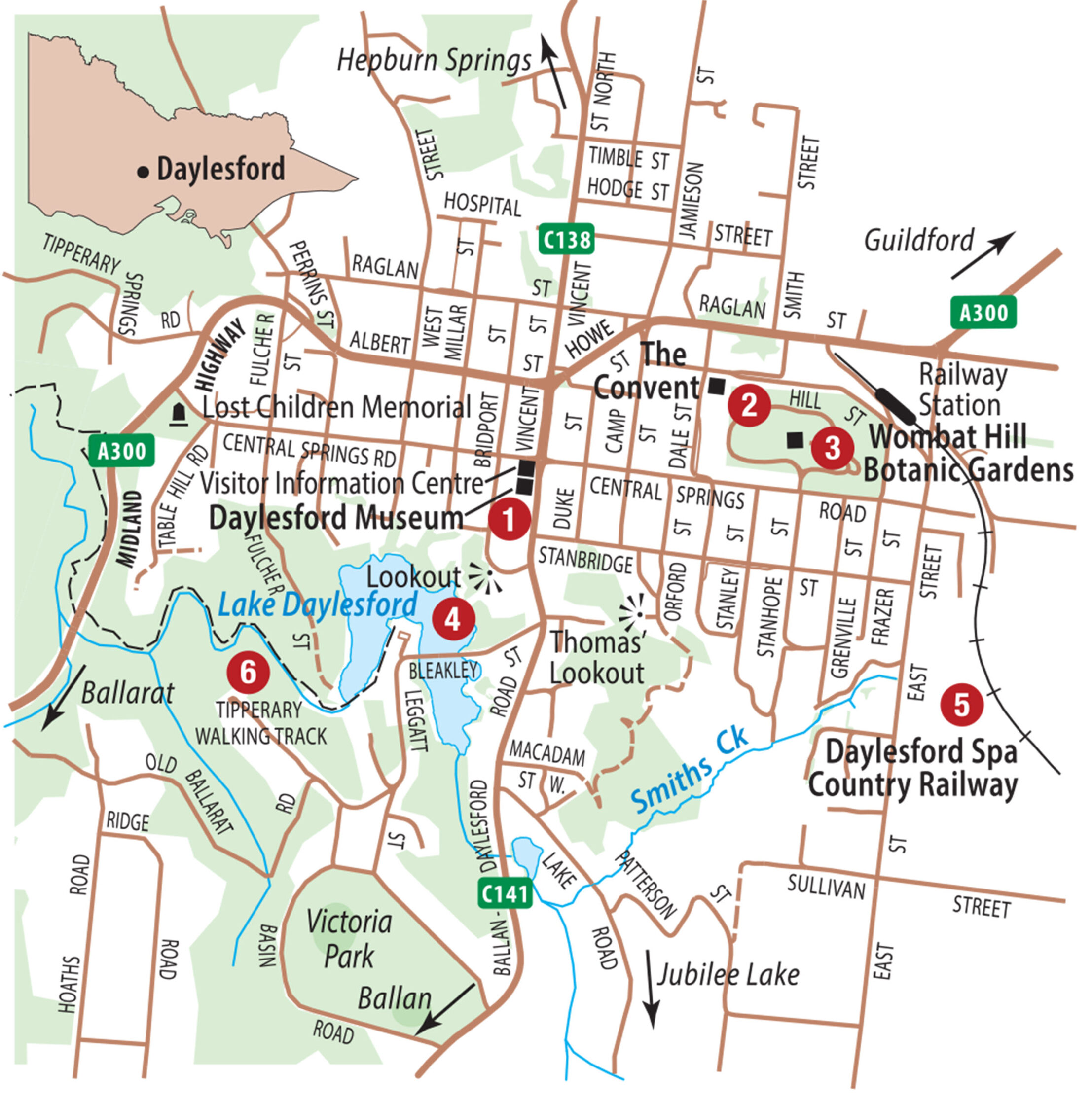
1. Daylesford Museum
The Daylesford Museum & Historical Society has one of Victoria’s largest regional museums at 100 Vincent Street. With over 800sqm of space, it’s home to a significant collection of historical photographs, memorabilia and artefacts. The museum was established in 1971 in the town’s old School of Mines building, which was added to the Victorian Heritage Register in 2024.
2. The Convent Gallery and Cafe

The Convent Daylesford was built in 1862 as a private residence for local gold commissioner James Daley. The Catholic Church bought the homestead in the 1890s and it became the Holy Cross Convent and boarding school for girls. The convent closed in 1973 and is now an award-winning art gallery, restaurant and function centre.
3. Wombat Hill Botanic Gardens
Established in 1863, the Wombat Hill Botanic Gardens are on Central Springs Road, on the summit of an extinct volcano. The gardens include oaks, ash, elms, poplars and cypresses planted in the 1860s; conifers donated by Baron Sir Ferdinand von Mueller, first director of the Melbourne Botanic Garden; a fernery; a begonia display; a lookout tower with spectacular town views; excellent picnic areas and a kiosk. Don’t miss it!
4. Lake Daylesford
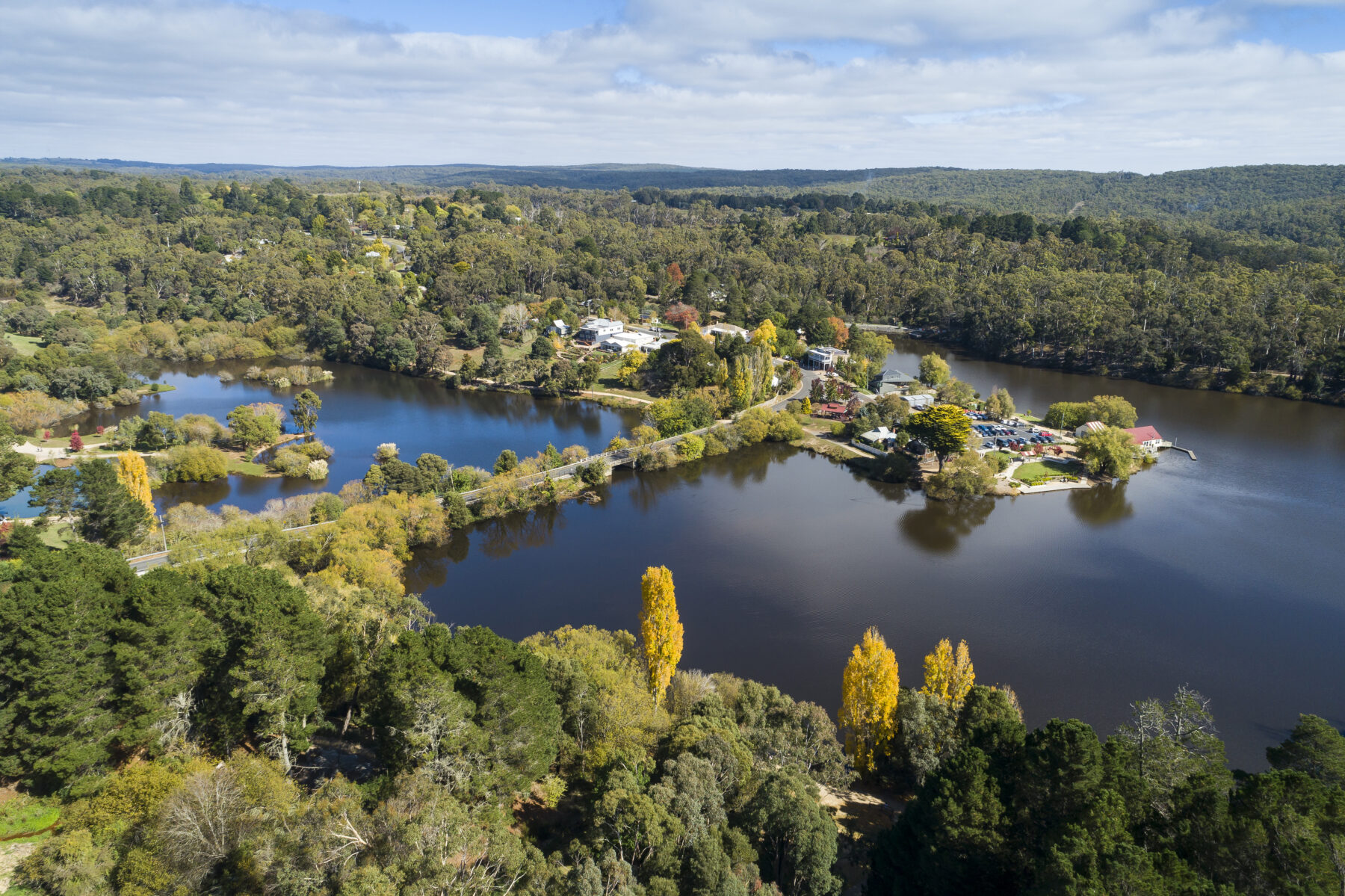
The Peace Mile walk path is a great way to soak up Lake Daylesford’s natural beauty. This easy 2.8km walking trail circuits the lake, which is home to diverse birds including swans, cormorants, ducks, moorhens, sulphur-crested cockatoos, multi-coloured parrots and wrens.
5. Daylesford Spa Country Railway
Every Sunday, the volunteer-operated Daylesford Spa Country Railway departs from the town’s heritage-listed railway station at 16-18 Raglan Street. The trains run from Daylesford through Musk Station to Bullarto and return. The final section from Musk to Bullarto travels through a forest with fern gullies, streams, waterfalls and spring wildflowers. On Sundays, the old railway station also hosts the town’s weekly market.
6. Tipperary Walking Track
This popular walking trail from Lake Daylesford to Hepburn Springs passes through mineral springs and historic goldfields. Beginning at Lake Daylesford, the 16km track travels through Central Springs Reserve and along Wombat Creek. The full trail takes about 5–6 hours to complete, but can be broken into shorter sections. If you don’t want to do the whole walk, opt for the Lake Daylesford-Twin Bridges section, which is 1.3km long and takes 20 minutes.
History
Before Europeans arrived, the area was home to the Dja Dja Wurrung First Nations people.
Captain John Hepburn, the area’s first European settler, arrived in 1838.
In 1848, Irish immigrant John Egan took up the Wombat Flat pastoral run – Daylesford’s future townsite.
In August 1851, John Egan found alluvial gold in a local creek, leading to a population boom.
By 1852, some 200–300 diggers were reported in the area.
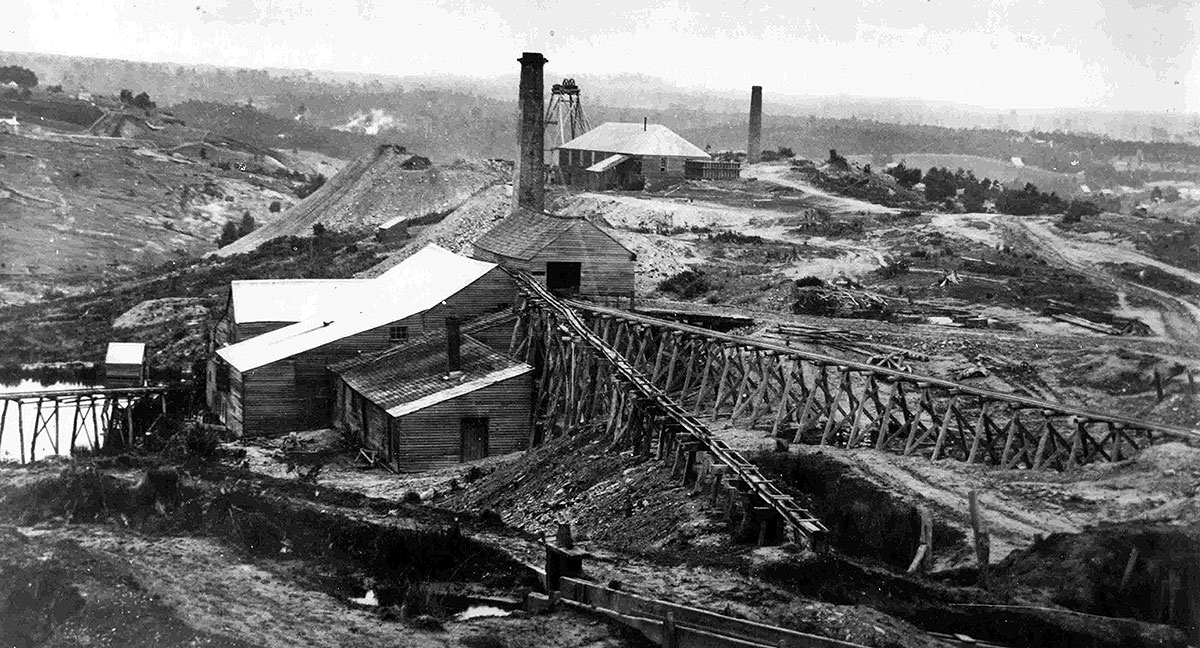
Wombat Flat was renamed Daylesford in 1855.
By 1859, about 3400 diggers were on the local diggings, 800 of whom were Chinese.
Daylesford was declared a municipality in 1859.
By the 1860s, diggers had exhausted the alluvial gold deposits and began quartz
reef mining.
In 1880, a new railway line connected the town to Carlsruhe.
In the 1880s, Daylesford became a fashionable spa resort.
Daylesford’s Ajax gold mine closed in 1923.
The 1980s saw revived interest in Daylesford’s mineral springs.
In 2024, Booking.com listed Daylesford as one of the 10 most-welcoming cities globally.
